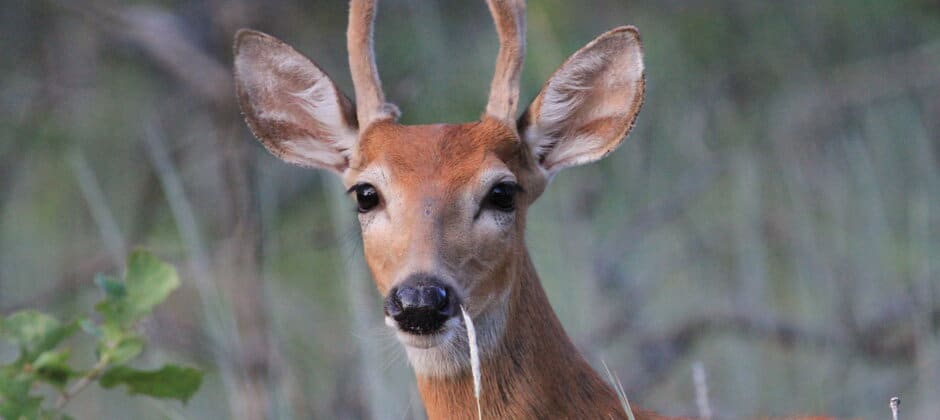Share this article
Humans spread zoonotic diseases back to wildlife
While research on zoonotic diseases often focuses on how humans can contract them from wildlife, there’s less focus on how people can likewise spread them back to animals.
Researchers recently documented these instances of human spillback to animals up to 100 times after combing the literature.
This information is especially important as researchers attempt to learn more about the SARS-CoV-2 virus responsible for the coronavirus pandemic. “As the pandemic picked up, it became clearer and clearer that we should be thinking about how this pandemic is impacting wildlife and how that might result in worse aspects of the pandemic for us later on,” said Gregory Albery, a postdoctoral fellow at Georgetown University studying zoonotic diseases. Albery said there has been concern that these spillbacks can create new disease variants resistant to vaccines.
Albery and his colleagues published a study in Ecology Letters where they searched the literature for all sorts of zoonotic diseases that showed a spillback from humans to wildlife. “We ended up finding nearly 100 individual examples of it having happened,” said Albery, the senior author of the paper. “It happened more than I was expecting.”
But when the team looked deeper into these instances, they discovered some trends regarding which species were reported as contracting diseases from people. Most of these instances were occurring in large, charismatic animals in zoos. That’s likely because they are under high surveillance and are in close proximity to humans, Albery said.
Primates were also often on the receiving end of diseases from humans. Albery said that’s likely because of their close genetic similarities to people. In fact, he said, in some areas humans visiting gorilla populations are recommended to wear masks so they don’t spread diseases like common colds to them.
That doesn’t mean free-ranging wildlife aren’t impacted by this, Albery said. There were a few instances of humans infecting wildlife in their study, but it may also be that they were just understudied. “We’re more likely to notice or pay attention particularly to economically important species,” he said. “We found a huge bias in the sampling and we still don’t have a really good image of threats of spillback on conservation and public health.”
However, with the COVID-19 pandemic, researchers were able to use genetics to predict which species would be hosts of the virus and therefore may pass it back to people. Albery said what’s encouraging is that these models can also be used to predict which species may become infected again by people. “That’s a light at the end of the tunnel,” he said.
There has already been at least one instance of white-tailed deer (Odocoileus virginianus) contracting SARS-CoV-2 from humans and then spreading it back to a person, and there’s concern that can create new variants that aren’t protected by a vaccine. But Albery’s study showed more evidence of animals getting sick and dying from human diseases, but little evidence of animals maintaining human diseases and spreading them back to people once again. “There were strong conservation implications and relatively few public health implications,” he said.
But paying attention to all aspects of zoonotic disease spread is important for mitigation in the future, Albery said. Researchers call this One Health. “There’s a developing trend in public health and ecology to traverse all of these different spheres of disease, wildlife health, ecosystem health and human health all at the same time,” he said. “In order to achieve the best results in any one of these fields, you have to consider these being interconnected.”
Header Image: White-tailed deer likely contracted SARS-CoV-2 from humans, and there has been at least one instance of them spreading it back to people. Credit: Larry Smith








